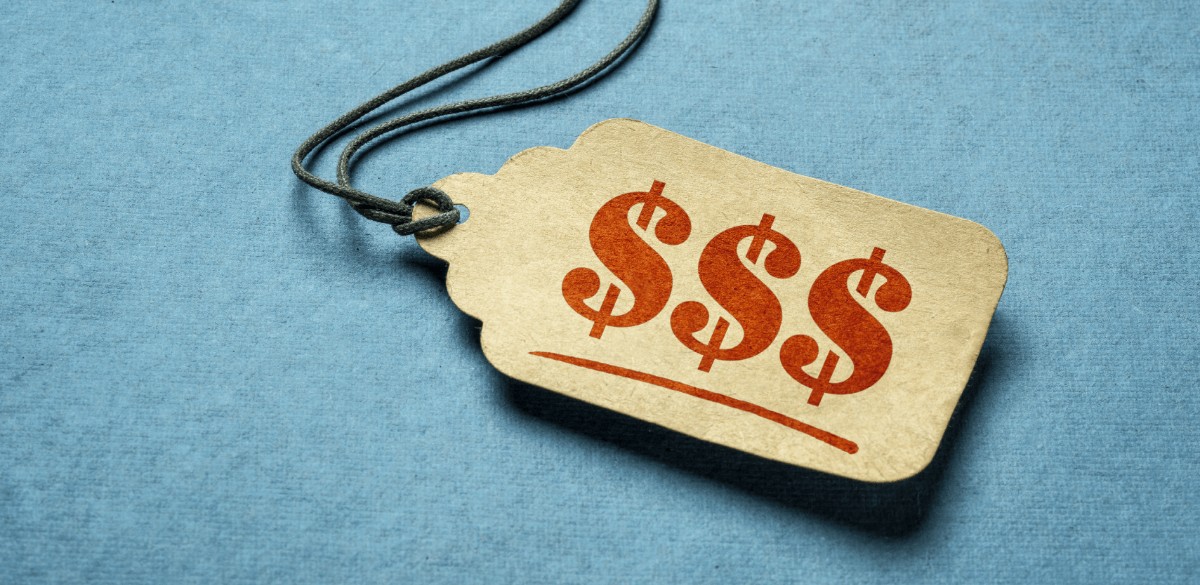Sell custom products without inventory
Deciding how to price a product can make or break the success of any business, big or small. Prices too high will repel potential customers and send them directly to the competition while asking too low of a selling price can send a business into the minuses.
Product pricing is about different strategies, metrics, and methods. It’s important to suggest a price point that will assure your place in the market, give the business opportunities to develop, and satisfy customers.
In this article we will guide you through the process of product pricing. Common pricing strategies, what to keep in mind when setting the final selling price, and how to price your product properly.
What to consider before setting a price
Business owners need to find a suitable pricing model. Product pricing is constantly changing and is based on multiple metrics and factors. Here’s what any entrepreneur should consider before setting a product’s price.
- Target audience. Know your customer. What do they want from the product or service? Do they pick the cheapest option, or does expensive equal quality in their minds? What role does the price play in their purchase decision?
- Fixed costs. Keep in mind fixed costs, if there are any. These are expenses that do not change regardless of the number of products sold. Merchants need to price their products to cover these recurring expenses.
- Competitor/market research. There is no point pricing way higher than the competitors unless there is a good reason for it. Research existing price points for similar products that are already popular amongst the target audience and price products accordingly.
- Variable costs. Those are costs that change, unlike fixed costs. Keep in mind product development and fulfillment costs. This is the amount of money merchants spend to produce and sell their products.
- Profit margin. This number represents the percentage of the sale that has been turned into profit. Think of how much profit you would like to earn per sale. While there is no specific number, a good profit margin will typically be between 10% and 30%.
- Where to sell. Where will you list the products for sale? Online, in a brick-and-mortar store, or maybe you have other options? This decision will affect fixed costs, so it needs to be fully thought out.
How to calculate selling price for a product?

The selling price is the total price a merchant asks for the product. It’s essential to calculate the right selling price in order to secure a position in the market, while making a profit at the same time. Otherwise, your business won’t survive. Do it right and everybody wins. Consumers get a great deal, while you get a fair price.
The most common formula for calculating the selling price is:
Selling price = costs + profit margin
However, it is not often that easy. The selling price may differ depending on the pricing strategy the merchant has chosen.
While there are many different pricing strategies, we’ve put together a short list of the top five most commonly used, their pros, cons, and instructions for calculations. Keep reading to learn how to price your product properly for new and existing customers.
5 most common product pricing strategies
- Value-Based Pricing. Setting a price based on how much customers are willing to pay
- Cost-Plus Pricing. Calculating all the costs and adding a mark-up
- Competitor-Based Pricing. Setting a price based on competitor research
- Dynamic Pricing. Setting flexible prices tailored to current customer needs and preferences
- Psychological Pricing. Setting prices slightly lower to trick customers into a “good deal”
1. Value-based pricing

This strategy is customer-focused pricing, mostly used by specialty stores and the luxury market. Entrepreneurs price their products based on how much the consumers believe they are worth. A value-based pricing strategy is perfect for companies that have time and resources on their hands.
How to calculate the price
This pricing strategy requires lots of important data and information for achieving the best results.
For example, you want to sell Premium Fleece Jogging Pants with pockets for women. Here’s what needs to be done:
- Identify Buyer Personas. Identifying market segments helps to understand who the products are intended for. Analyze buyers by their daily challenges, interests, and more. In this case, it’s women who want to stay active, comfortable, and stylish at the same time.
- Determine the Price of Alternatives. Research current market trends and product costs for similar items that slightly differ from yours. Let’s say, market research revealed that competitors are offering premium jogging pants with no pockets for $30.
- Talk to Customers. Conduct surveys to find out how much consumers would be willing to pay for your added value, which in this case are pockets. Let’s say, customers admit they would pay $15 extra for jogging pants with pockets. That means the value-based price for this product is $45.
Pros and cons of value-based pricing
Pros:
- Higher prices
- Backed by research
- Continuous product improvement
- Prioritized customer service
Cons:
- Requires time and resources
- It’s an approximation, not an exact number
2. Cost-plus pricing
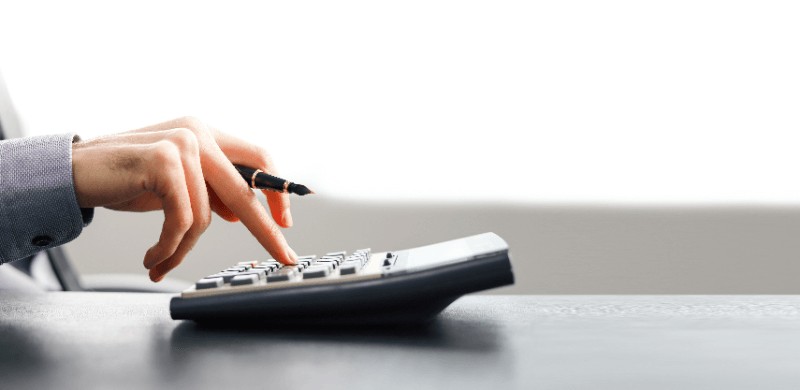
The cost-plus pricing strategy is used primarily by manufacturers, wholesalers, private label sellers, and artisans. Within this strategy, merchants apply a standard markup percentage to all their products. Take the costs that go into product development and add a percentage for the profit margin.
How to calculate the price
A cost-plus pricing strategy is the easiest to calculate. The formula is simple:
Cost + (cost x markup percentage) = selling price
Example. You want to sell custom Fleece Blankets. The fulfillment costs are $45, and you want the profit margin to be 15%. The final price of the product would be 45+(45×15%) = $51.75.
Pros and cons of cost-plus pricing
Pros:
- Easy to Calculate. This strategy is very simple and easy to apply. A very beginner-friendly product pricing strategy
- Ensures Cost Coverage.This strategy will always generate profits, as the equation accounts for money spent on product development.
Cons:
- No insight into competitors pricing and products
- Inaccurate picture of costs created by random profit margin
- Customer value isn’t incorporated
Price-cost pricing strategy requires little market research and resources while providing full coverage of the total costs and a guaranteed rate of return.
3. Competitor-based pricing

Competitive pricing is mostly used by big chain stores, convenience stores, and discount stores. This strategy means setting the price of your similar or same products by using your competitors’ pricing. Your competitors’ pricing structure is the core benchmark for building your strategy. Look at current trends and align prices accordingly.
How to calculate the price
- Narrow Down the Competition. Identify similar companies in the same market. Who’s selling the same or similar products?
- Research Their Product Pricing Strategies. Get an overview of current trends by digging into their pricing strategies and product positioning.
- Create a Product Pricing Map. Gather the average selling price of all competitors for your product. Use that as a benchmark for the final product pricing.
- Choose Your Price. Now it’s up to you. Pick a higher, matching, or lower price than the ones offered by competitors. Decide where the product fits in the market and offer smart, competitive prices.
Pros and cons of competitor-based pricing
Pros:
- Simple use and calculations
- Low risk, aligns you with the competition
- Evolve with the market, adjusting prices accordingly
Cons:
- Limited flexibility by relying on competitors
- No customer involvement
- Not backed by research, willingness to pay, and other factors
4. Dynamic pricing
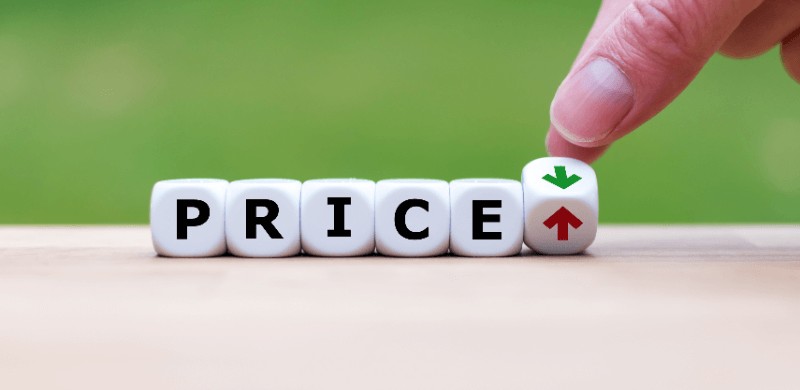
This pricing strategy is mostly used in tourism, hospitality, entertainment, utilities, and transportation. Every fifth eCommerce company currently uses this approach, and 15% are planning to introduce it in the future.
Dynamic pricing means flexible tailoring and changing prices for current market demands and customer preferences.
How to calculate the price
This pricing strategy takes into account multiple factors, such as supply and demand and competitor pricing. The main idea behind this pricing strategy is to sell the same product at different prices to different groups of people.
- Quantify Customer Personas. Not all buyer personas are the same. Assess your buyer personas and align product prices accordingly. Lower or raise prices for different consumer groups to attract dynamic revenue.
- Use a Value Metric. What are you physically charging for in terms of a product? The amount, single, bulk orders, shipping, and more.
- Utilize Time. Prices can go up or down, depending on the time, in an auction type of model.
Pros and cons of dynamic pricing
Pros:
- Ability to maximize profits
- Responsive pricing by following current trends
- Backed by data on demand
Cons:
- Customer frustration with constant changes in prices
- Risk of price wars amongst competitors
5. Psychological pricing
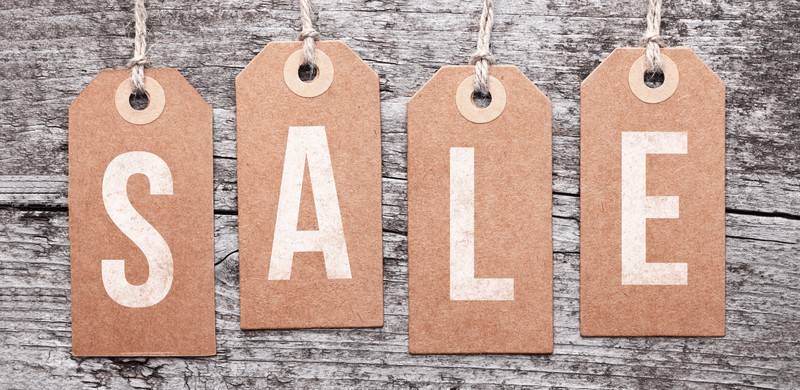
This pricing strategy is used by eCommerce retailers, big retail stores, regular retailers, and discount chains. Psychological pricing strategy is meant for setting prices slightly lower or offering deals to inspire shoppers to think they are getting a good deal.
Setting the price just lower than a whole number, or offering rushed deals to encourage shoppers to buy more than they intended, or convince them to buy quickly, no one wants to miss out on a good deal.
How to calculate the price
Psychological product pricing comes in many shapes and forms. Here are the 3 of the most popular ways to set a price with this strategy.
- Charm Pricing. A fancy name for all those 9’s we see in our local stores. Customers focus more on the first digit of a price since we read from left to right. Therefore, $4.99 seems a much better deal than $5. Ending prices with a 9 convinces buyers of a better deal.
- False Sense of Urgency. “One Day Only!” signs can be seen in every retail store, as well as online. Potential customers are more likely to make a purchase today if they believe the sales are only temporary. Use this fear of missing out to boost impulse-buying and attract more sales.
- Innumeracy. Which sounds like a better deal? “50% off two items” or “Buy one, get one free”? Although both deals are identical, most buyers would likely choose the second option, as it sounds more appealing. Getting something for free is always a good deal.
Pros and cons of psychological pricing
Pros:
- Boosts attention to your products
- Simplifies the decision-making process
- Offers a high return on investment
Cons:
- Affects brand reputation
- Taking advantage of customers
- No sales guarantee
How to price a product
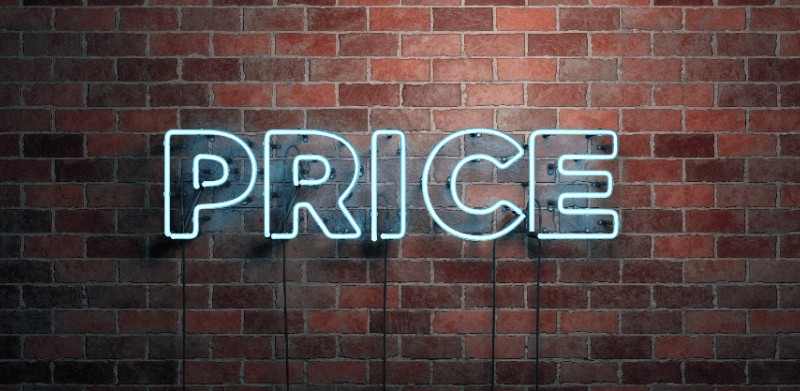
Now that you know all the necessary factors to keep in mind, most common formulas, and pricing strategies, it’s time to set the price. And here’s how to do it, in 5 simple steps.
Determine your target audience
Distinguish the specific group of customers that will most likely be purchasing your product. By identifying the target audience and buyer personas, businesses can assess the demand and modify prices to better meet customer needs.
Create customer profiles depending on age, gender, income, location, and other factors. Research their hobbies, lifestyle, daily struggles, interests and questions, and offer your product as the ultimate solution and point of interest.
Study the market and competitors
When entering a market with an already existing product, it’s necessary to research the price points for similar or the same products offered by the competitors. Customers have clear expectations when it comes to similar products, and your prices should match them.
If they drastically vary from the competitors’ offers, there should be a clear reason for that. What makes your product so much better? How does it differ? When it comes to eCommerce and online sales, always assume that people are aware of how much the competitors charge for the same or similar product.
Assess your costs
In order to reach success and any kind of profit, entrepreneurs must cover both variable and fixed costs that contribute to their product. Fixed costs are non-changing fees, such as rent for premises, insurance, taxes, etc.
Variable costs can change, depending on the number of products made. Variable costs include labor costs, raw materials, and more. Keep in mind all the costs necessary for product fulfillment and calculate them accordingly.
Decide on the pricing strategy
This is where our pricing strategy guide comes in handy. When picking the right strategy for your products, consider the above-mentioned factors, including costs and where you plan to sell. Businesses have to adjust their pricing strategies in time, as they grow and expand within the industry.
Take into consideration all the above-listed pros and cons of each pricing strategy. Evaluate their use, applicability, and whether it’s the right one for your business. Keep in mind the costs, profit margins, competitors, current market trends and demand, and most importantly the consumers, as they are the ones who fuel your business and generate profits.
Monitor results
Beginners and small businesses need time to assess the true product value in the market. To reach success in the long run, merchants need to monitor sales and see if the assigned price matches what consumers are willing to pay. There might be a need to lower or raise prices to keep up with demand.
To establish a reliable customer base, you need to keep up with market trends. Pay attention to competitor prices, but, most importantly, to the customers. By continually addressing their needs and maintaining the necessary cash flow, your product will have a healthy and successful lifespan.
Conclusion
Product pricing means choosing the best pricing strategy for your business. Drive sales and maximize profit margins with the right approach for your products.
Start by listing all the costs that go into making products. Study the market and research the competition. Once it’s done, pick the pricing strategy accordingly and watch your business thrive.
Use this guide to learn about the most important factors for price setting, different types of pricing strategies, their pros, cons, and calculations. Price your products smart to succeed.



